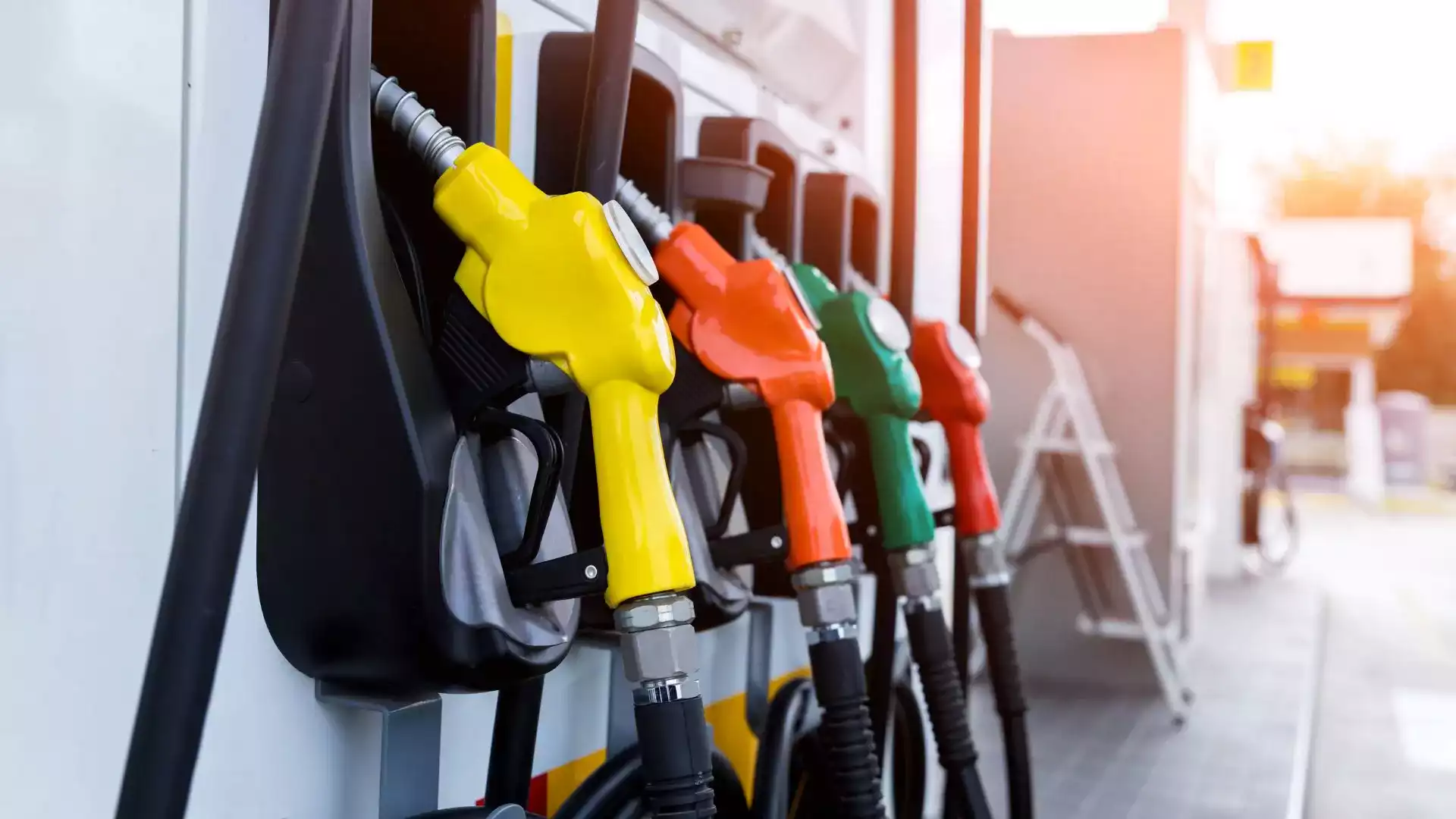The year 2023 marks a clear change in the calculations and scales for reimbursing mileage expenses. From a 5.4% increase in mileage allowances to the introduction of an “electric vehicle” bonus, here’s an overview of these changes, which reinforce companies’ CSR initiatives!
1. Kilometric allowances : Definition
Kilometric allowances, or more commonly known as KA, are reimbursements for expenses incurred when using a private vehicle for business purposes.
For example, when an employee takes their own vehicle to a customer meeting, they incur direct costs (fuel) and indirect costs (repairs, insurance, vehicle registration). In most cases, therefore, companies pay employees on the basis of the tax scale for mileage allowances published by URSSAF.
Good to know : Companies are not obliged to follow the KA tax scale published by URSSAF exactl They may choose to set a lower or higher price per kilometre, but in this case the excess is subject to social security contributions.
2. Calculation and scales for mileage allowances
Kilometric allowance for cars and 2-wheelers
The new mileage scales, published on 7 April in the Journal Officiel, include an increase of 5.4% in line with the government’s announcements. This increase, which comes on top of the 10% for the previous year, is a strong indication that inflation is being taken into account in the calculation of business expense reimbursements. Traditionally, mileage allowance rates are not increased by more than 2% a year.
Kilometric rate applicable to cars (in €)
| Administrative power (in CV) | Distance (d) up to 5,000 km | Distance (d) de 5 001 km à 20 000 km | Distance (d) beyond 20,000 km |
|---|---|---|---|
| 3 CV and less | d x 0,529 | (d x 0,316) + 1 065 | d x 0,370 |
| 4 CV | d x 0,606 | (d x 0,340) + 1 330 | d x 0,407 |
| 5 CV | d x 0,636 | (d x 0,357) + 1 395 | d x 0,427 |
| 6 CV | d x 0,665 | (d x 0,374) + 1 457 | d x 0,447 |
| 7 CV et plus | d x 0,697 | (d x 0,394) + 1 515 | d x 0,470 |
Example : If the company applies the URSSAF scale, our employee makes a 30km round trip to a customer’s premises in his personal 5hp vehicle. He will therefore be reimbursed €19.08 if he has declared that he has driven less than 5,000 km with this vehicle since the start of the year.
Kilometric scale applicable to motorbikes (in €)
| Administrative power (in CV) | Distance (d) up to 3,000 km | Distance (d) between 3,001 km and 6,000 km | Distance (d) over 6,000 km |
|---|---|---|---|
| 1 ou 2 CV | d x 0,395 | (d x 0,099) + 891 | d x 0,248 |
| 3,4 ou 5 CV | d x 0,468 | (d x 0,082) + 1 158 | d x 0,275 |
| plus de 5 CV | d x 0,606 | (d x 0,079) + 1 583 | d x 0,343 |
Kilometric scale applicable to mopeds (in €)
| Distance (d) up to 3,000 km | Distance (d) between 3,001 km and 6,000 km | Distance (d) over 6,000 km |
|---|---|---|
| d x 0,315 | (d x 0,079) + 711 | d x 0,198 |
The “electric vehicle” bonus: +20% on electric mileage allowances. The URSSAF scale now includes a 20% increase on the above ceilings for employees who use a personal electric vehicle for business travel in 2023.
Cycling mileage allowance (CMA)
Following in the footsteps of our Dutch neighbours, the use of bicycles for business travel is becoming increasingly widespread. The “Indemnité kilométrique vélo” (kilometre-based allowance for cycling) provides partial compensation for employees who cycle to work.
The URSSAF rate is 25 euro cents per kilometre travelled, up to a limit of €500 per year for private sector employees, compared with €200 for public sector employees.
Since 2020, the entry into force of the Sustainable Mobility Package (SMP) has simplified the application of the CMA by expanding the process of reimbursement of mileage costs on journeys to work. It is then possible to combine the employer’s contribution of 50% of the cost of public transport season tickets with the Forfait Mobilité Durable.
Good to know : Companies that used to pay the CMA are not obliged to renegotiate an agreement if the new exemption conditions suit them.
3. Reimbursement of mileage expenses
There are two ways of reimbursing mileage expenses: by flat-rate allowance or by actual allowance.
The flat-rate allowance is based on a fixed amount per kilometre travelled, determined by the company. This method simplifies the management of expense claims, but does not take into account the real variations in costs associated with the use of a vehicle.
The actual allowance, on the other hand, is based on the expenses incurred by the employee for business travel. To qualify for this allowance, employees must provide detailed supporting documents such as fuel, vehicle maintenance and insurance invoices. This more precise approach means that the actual costs incurred by the employee are taken into account.
4. Reimbursement of mileage allowances
Some employers choose to reimburse expenses directly to employees without using software, while others use expense management platforms to facilitate the process.
A common solution is the use of business expense management software, such as Vertical Expense, which enables employees to submit expense reports and claim mileage reimbursements simply and efficiently.
These automated tools calculate the amounts to be reimbursed on the basis of the scales applied by the company and the supporting documents provided, making the task easier for both employees and the company’s back office.
5. Processing your mileage claims
To ensure the smooth processing of expense claims relating to mileage allowances, it is essential to follow certain best practices. Firstly, employees must keep all the necessary receipts, such as fuel bills, toll tickets or maintenance receipts, to prove the expenses incurred.
Secondly, it is advisable to use business expense management tools to submit expense claims electronically, which makes it easier to collect, check and process the information.
Using software such as Vertical Expense, employees can enter details of their journeys, upload receipts and automatically generate mileage claims. This reduces the risk of errors and speeds up the expense claim process.








